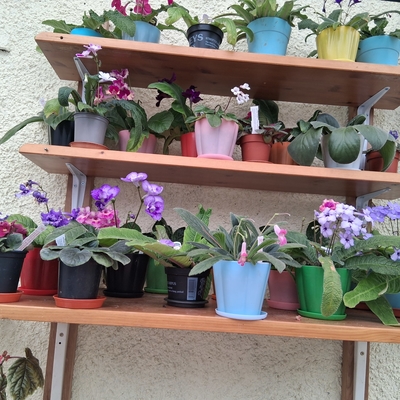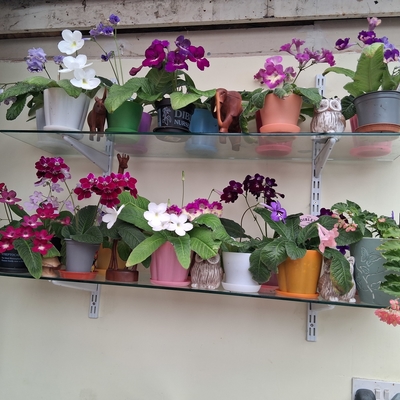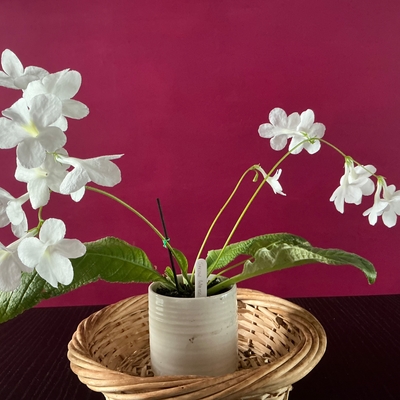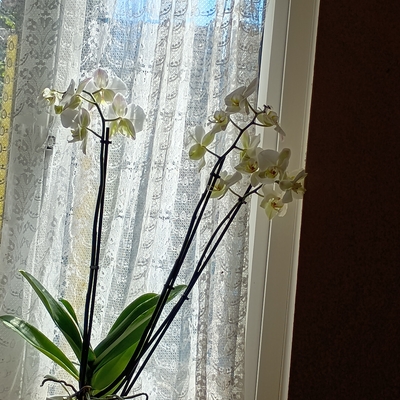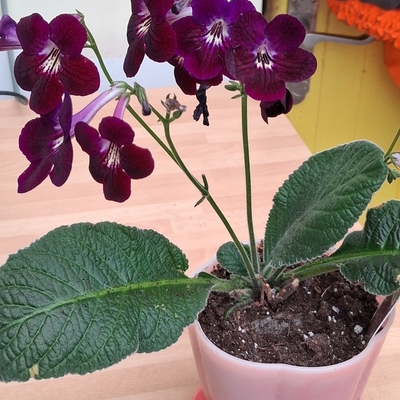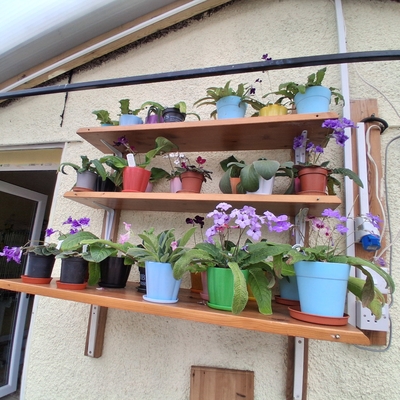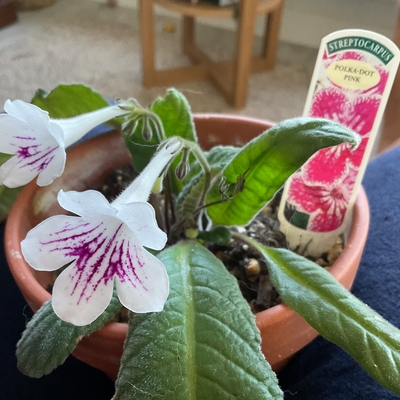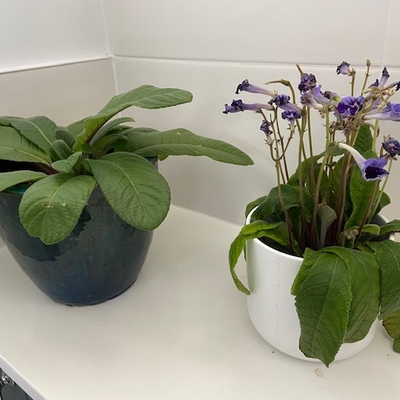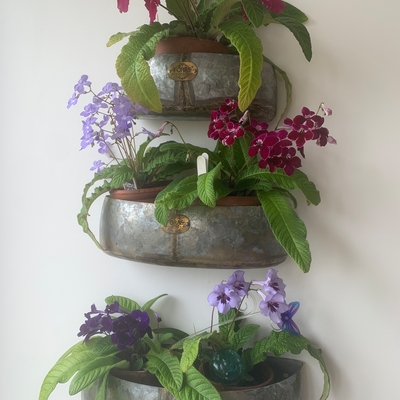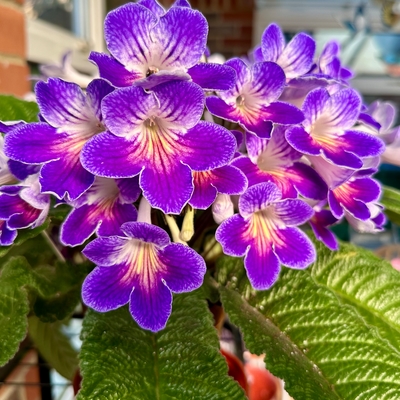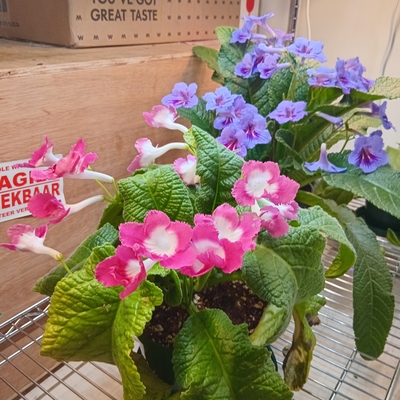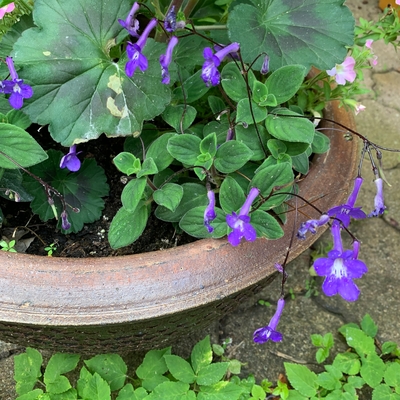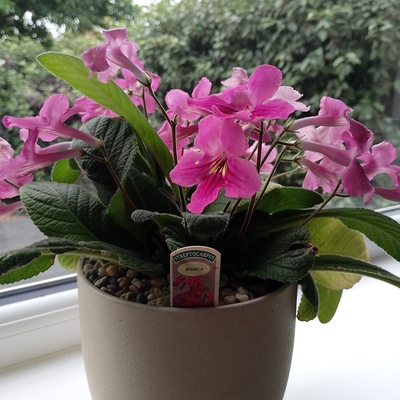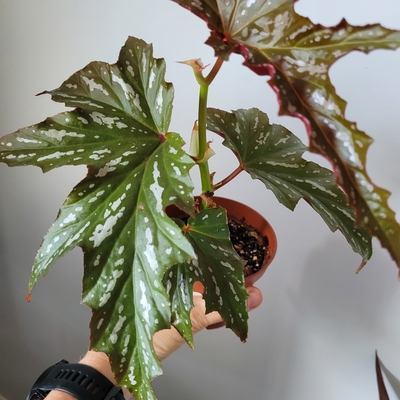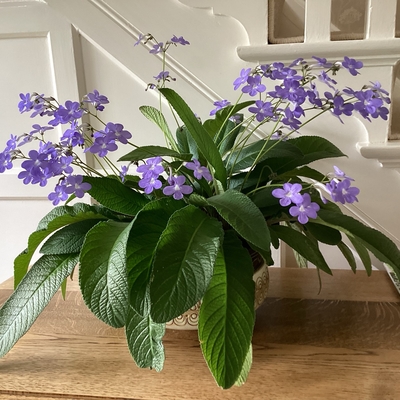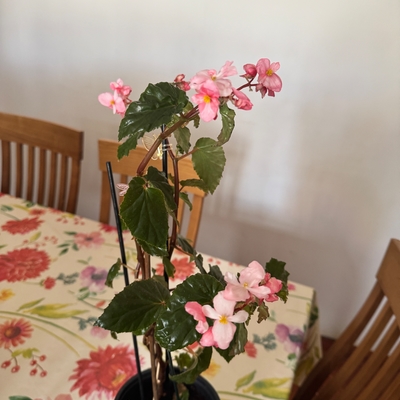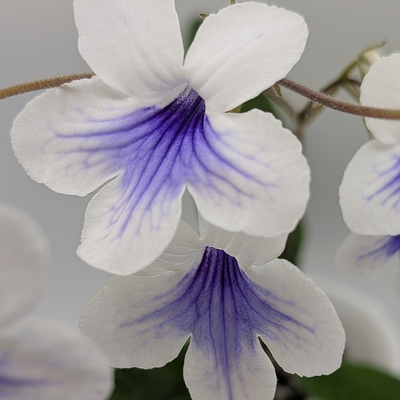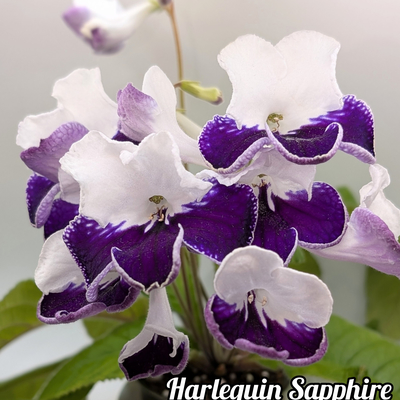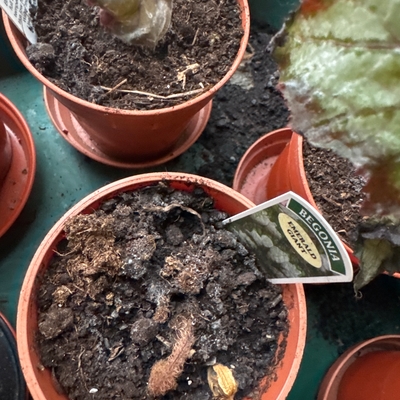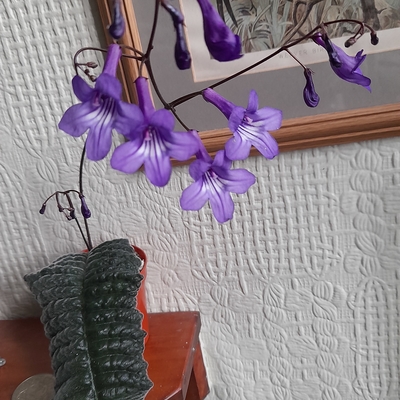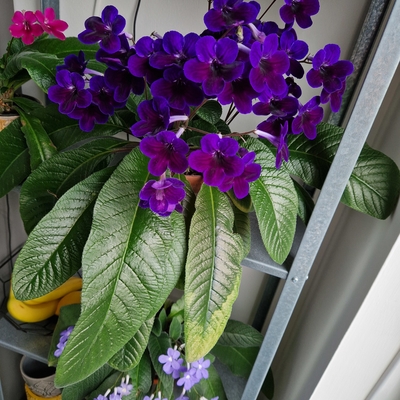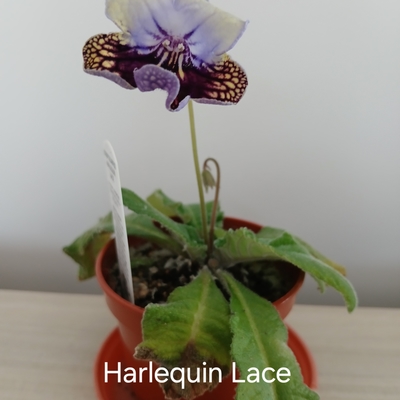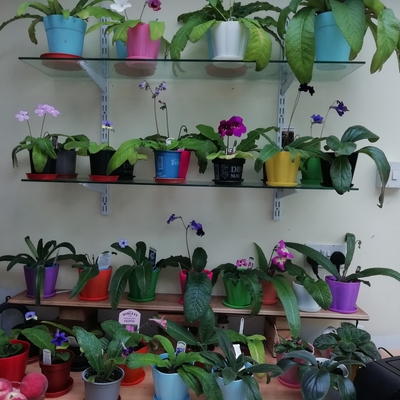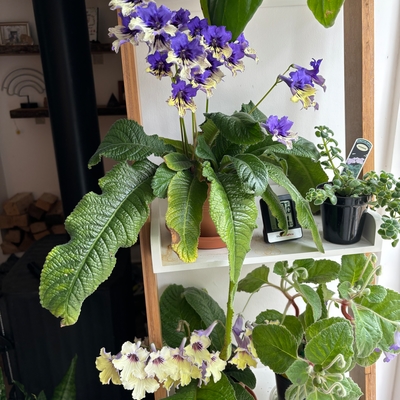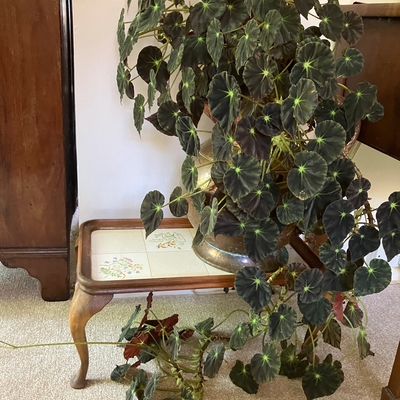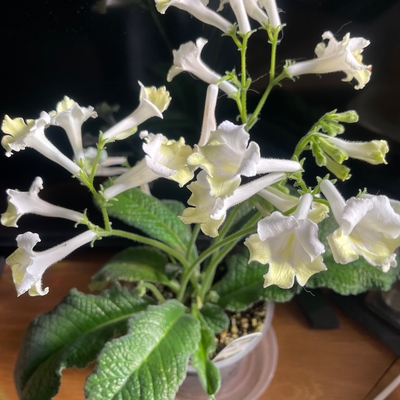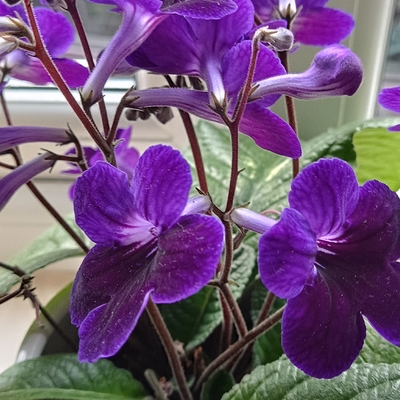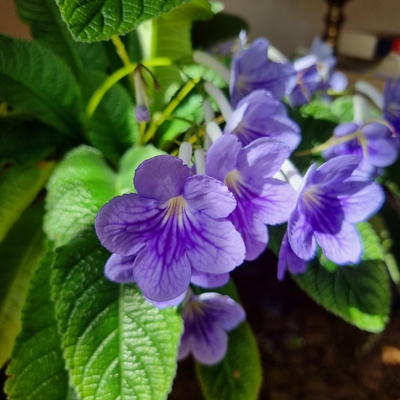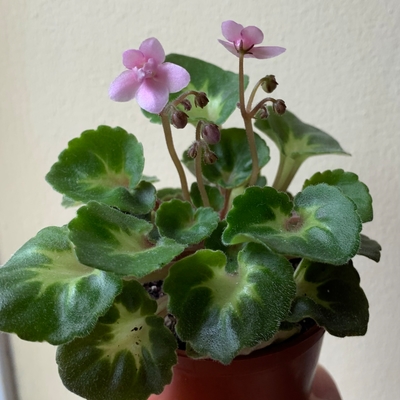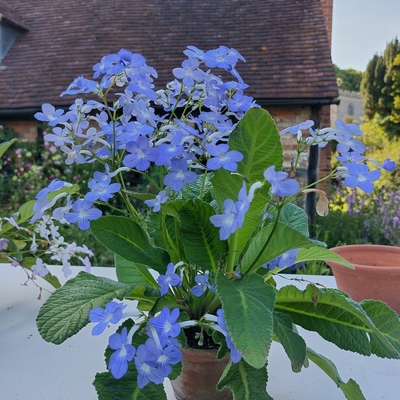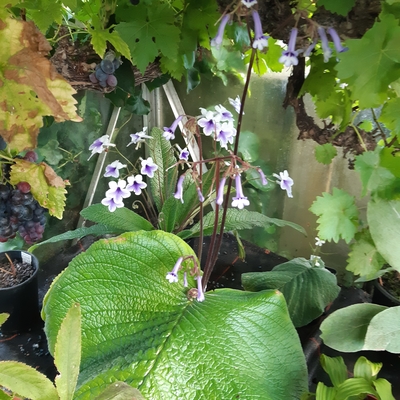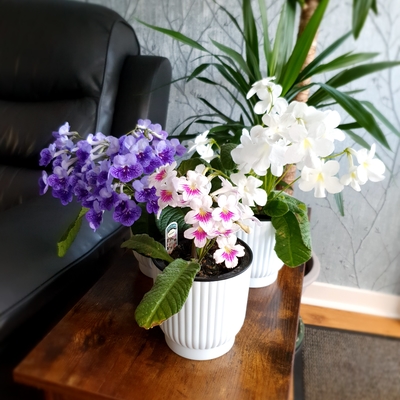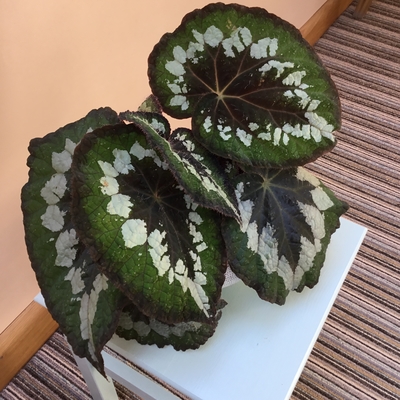Plant Care and Growing Tips
Streptocarpus
Streptocarpus, although having a leaf like primroses, are not related to them, but belong to the Gesneriad family, which also includes African Violets (Saintpaulias), Aeschynanthus and Achimines
Begonias
The begonias are a huge genus with over 2000 species which are indigenous to a vast range of countries - South America, Africa, India, China, and many more. Knowing the type of begonia you are growing will help you understand their needs, the species varieties also grow in a range of climates– tropical, sub-tropical and temperate.
Terrarium Care
Here are our Terrarium Tips & Care. A terrarium is a collection of small or miniature plants which are grown in a glass container, with no drainage.Achimenes, xAchimenantha, Kohleria and Gloxinella
To help produce an upright plant, use plant supports which clip onto the 12cm pots. Most varieties will start flowering after about 3 months of good growth and continue blooming for the rest of the summer. When in full growth, never allow the pots to dry out completely; as roots appear through the pots drainage holes, start feeding regularly with a high potash slow release Dibleys fertiliser tablet once a month.
In the autumn the plants will stop flowering. Stop feeding and reduce watering; allowing the soil to dry completely as the leaves start to die back. Store the pots in a dry place at about 10°C (50°F). You can harvest the rhizomes from the pots and store them for the winter in a dry dark place at about 10°C (50°F).
Solenostemon (Coleus) & Plectranthus
Our named varieties of Coleus are chosen for their splendid colour and variety. Water frequently so that the compost is always slightly moist when the plant is actively growing but during the winter give slightly less less water. Once roots start to appear in the pots drainage holes start feeding regularly with a balanced plant food. Initially place in bright light with some shading from strong overhead summer sun. For plants to keep their colour and shape, regularly pinch out the growing tips and remove any flowers. Coleus will survive the winter with reduced watering and a minimum temperature of 12°C (55°F), and can be cut back and re-potted in the spring.
Saintpaulia (now part of the streptocarpus genus)
Good light is important for abundant blooms but keep plants out of direct sunlight. The miniature and semi-miniature varieties are best potted into 8cm pots with a good Afrivan violet compost (a mixture of 50% fibre based compost, 25% vermiculite, 25% perlite). Water from underneath but only water when the surface of the compost is dry to the touch. The ideal temperature range is 18-25°C (65°F-80°F) for good growth. Once the plants are established (6-8 weeks of active growth) feed with a high potash slow release Dibleys fertiliser tablet once every 6 weeks. Remove dead flowers and stems to encourage fresh growth.
Aeschynanthus
These are mostly trailing plants which require slight humidity, an occasional misting with water will help. Do not over-water and only water lightly when the surface of the compost is dry to the touch. Pot into fibre based house plant compost and when the plants are established, feed with a high potash slow release Dibleys fertiliser tablet once a month. Keep at a minimum temperature of at least 15°C (60°F) in a light position out of the midday sunlight. Aeschynanthus mostly flower in the late summer and throughout the autumn.
Alsobia, Codonanthe, xCodonatanthus & Tradescantia
These are easily grown plants, ideal for the house. Pot into fibre based house plant compost and water moderately. Plants require a bright position and a temperature of at least 10°C (50°F). Once the plants are established, feed with a high potash slow release Dibleys fertiliser tablet once a month.
Impatiens
These are exceptionally bizarre but easy to grow plants. Pinch out growing tips to encourage side shoots. A bright position encourages compact growth. Water frequently and feed the plants regularly during the spring and summer with a well balanced fertiliser. In winter reduce the water but ensure the plant receives as much light as possible. Minimum temperature of at least 10°C (50°F)
Petrocosmea
Pot into a fibre based house plant compost mixed with perlite. Feed every 6 weeks with a high potash feed. Requires a moderately bright position - and will happily grow on a cool , north or east facing window sill.
Titanotrichum (Chinese Foxglove)
Pot into a fibre based house plant compost in a 10-12cm grow pot. Position in part shade, initially at a minimum of 10°C (50°F), and once established they may be planted outdoors where they are reportedly hardy to -10°C. Water as the compost becomes dry on the surface but don't let the compost become saturated














